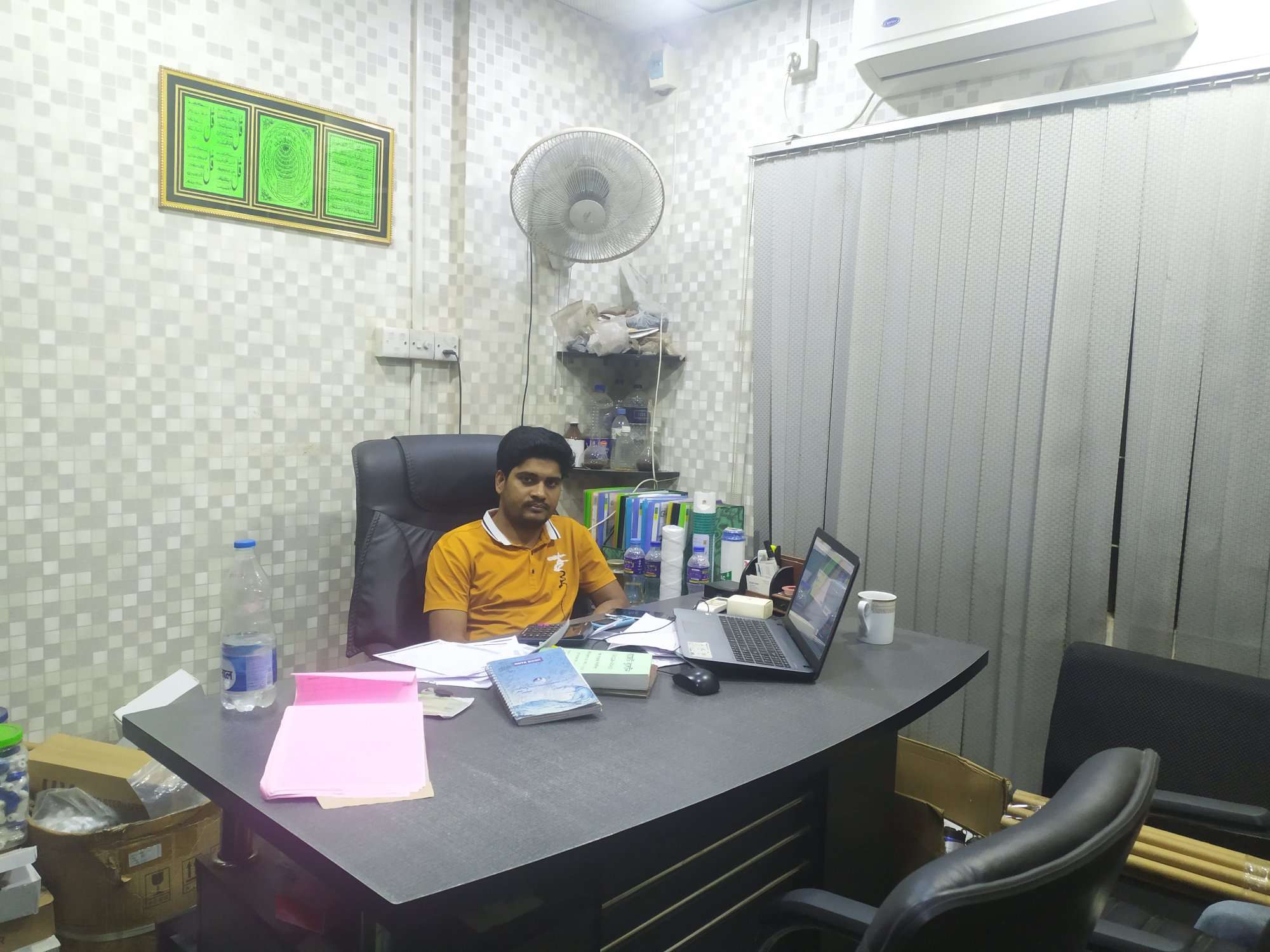welcome to
Aqua Fine Engineering
A wastewater treatment plant is a facility that cleans wastewater, making it safe to release back into the environment or reuse for other purposes. Wastewater comes from homes, businesses, industries, and storm water. The main goal of the treatment plant is to remove harmful pollutants and contaminants from the water.

Our history
Years of Journey
History
The process usually includes several steps:
Pre-treatment: Large debris, such as leaves, sticks, and trash, are removed from the water using screens.
Primary treatment: The wastewater is allowed to sit in large tanks, where heavy solids settle to the bottom, and lighter materials, like oil and grease, float to the top and are skimmed off.
Secondary treatment: Bacteria are used to break down organic matter and pollutants in the water. This is typically done in aeration tanks where oxygen is added to help the bacteria work faster.
Tertiary treatment: The water goes through additional processes like filtration, chemical treatment, or ultraviolet (UV) disinfection to remove any remaining harmful substances.
After treatment, the cleaned water can be released into rivers, lakes, or reused for purposes like irrigation or industrial processes. Some advanced treatment plants can even purify water to the point that it’s safe for drinking.
Wastewater treatment plants play an important role in protecting the environment by keeping water sources clean and reducing pollution. They are especially crucial in areas where water is scarce, as they provide a way to recycle and reuse water.

